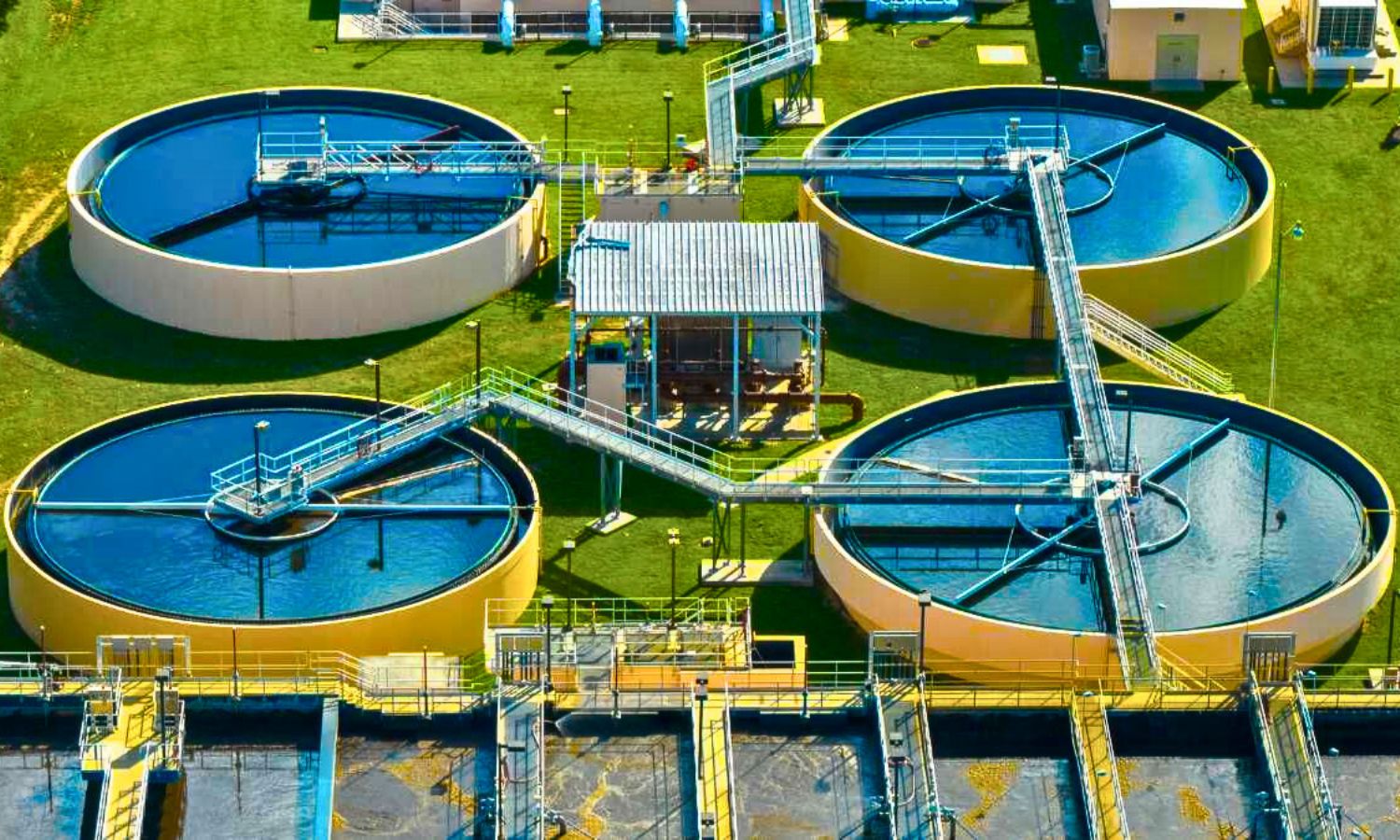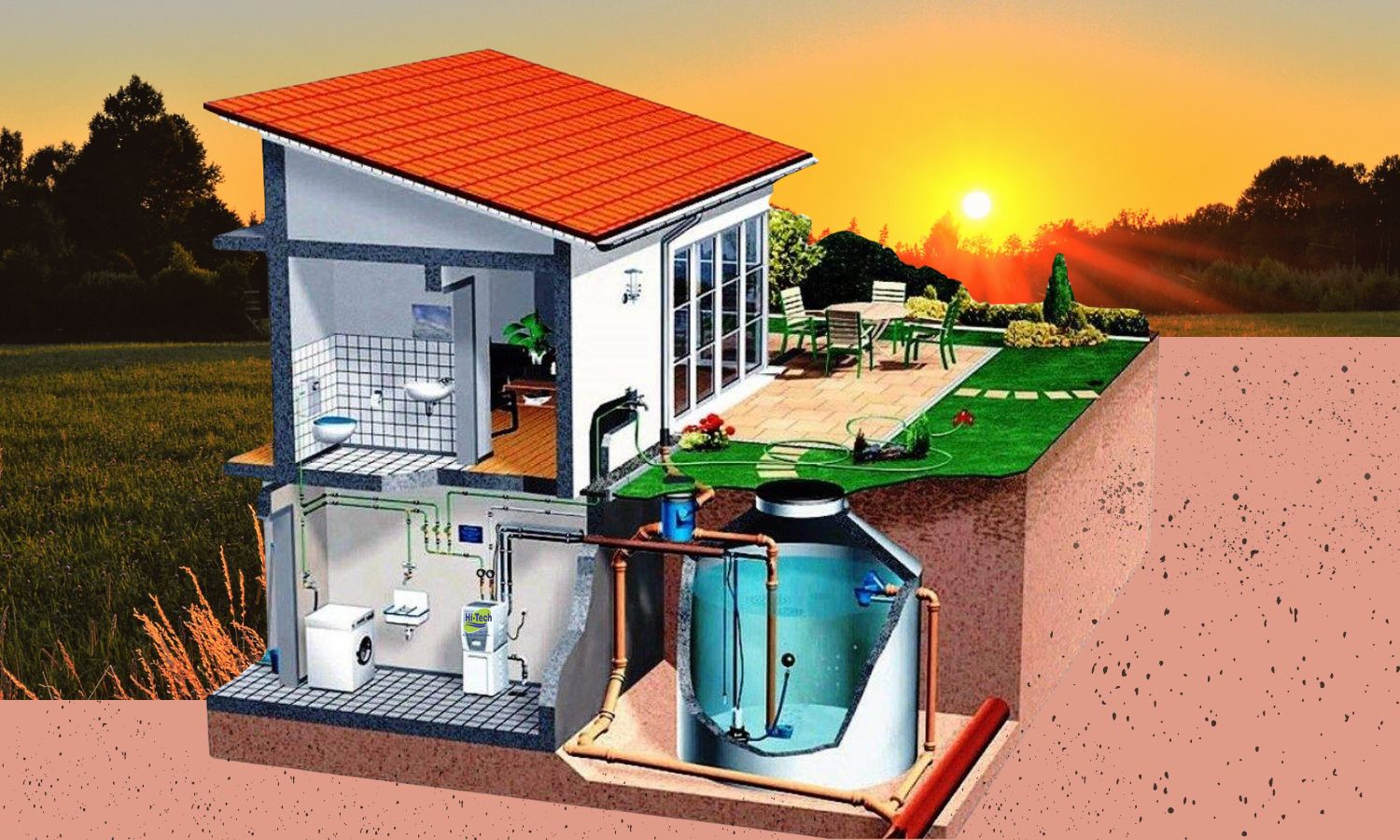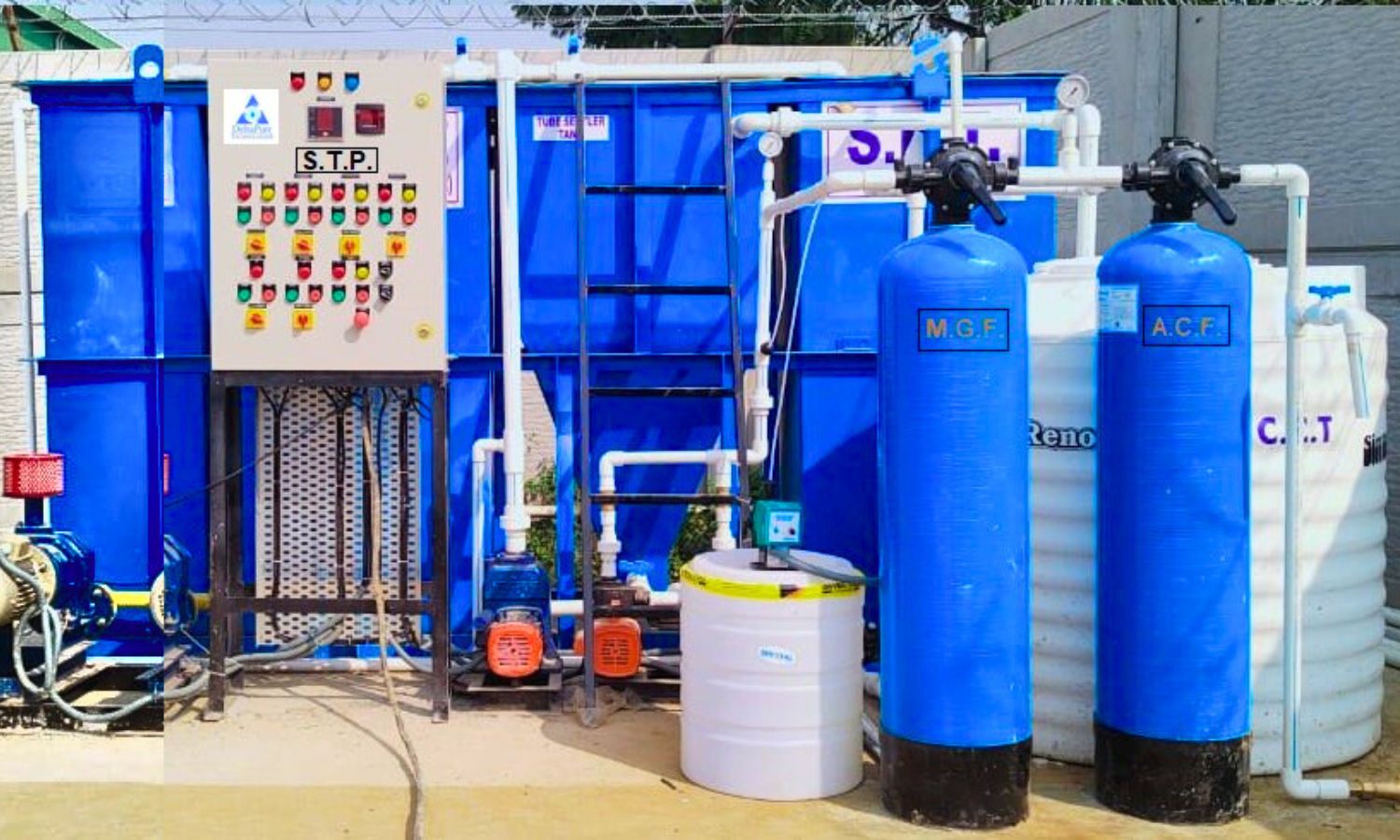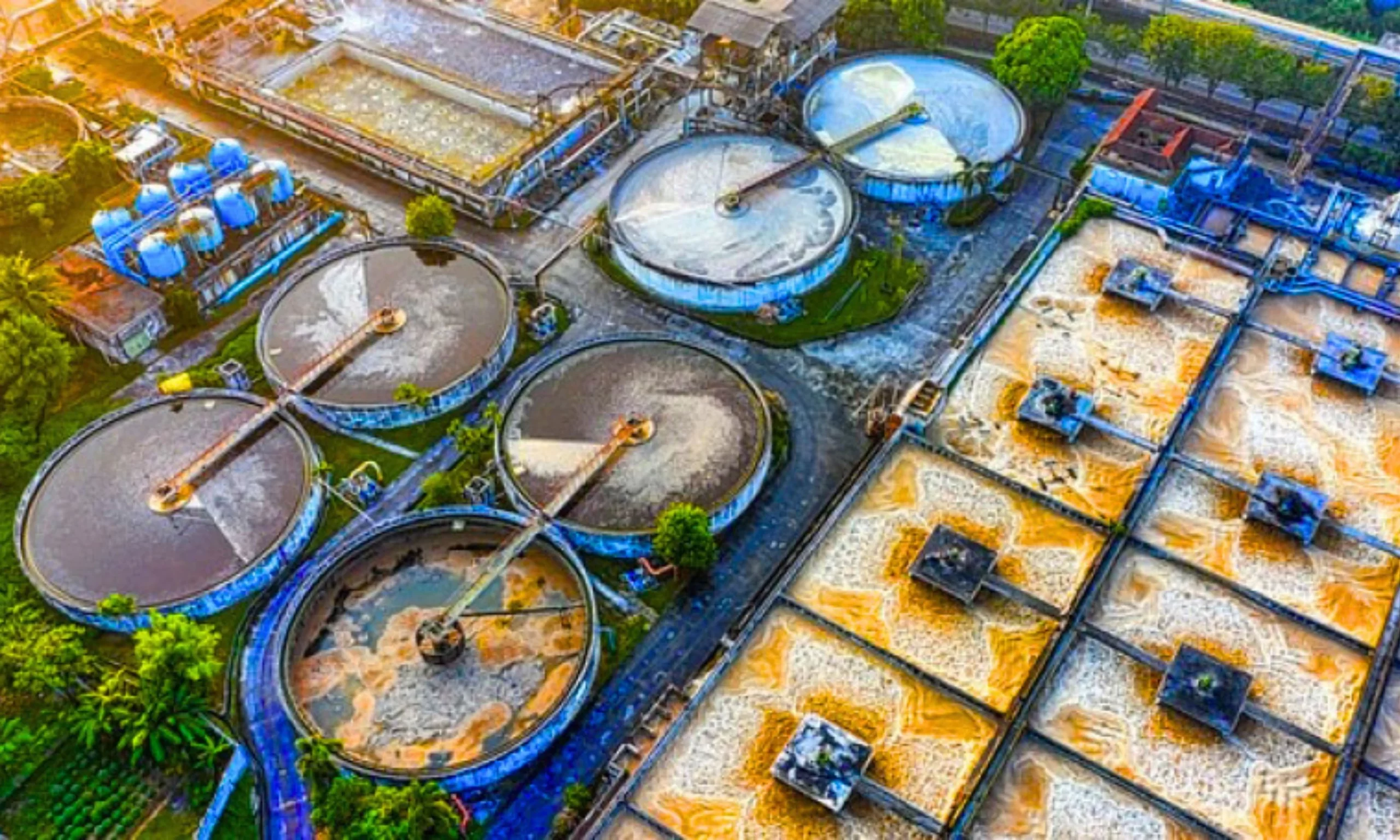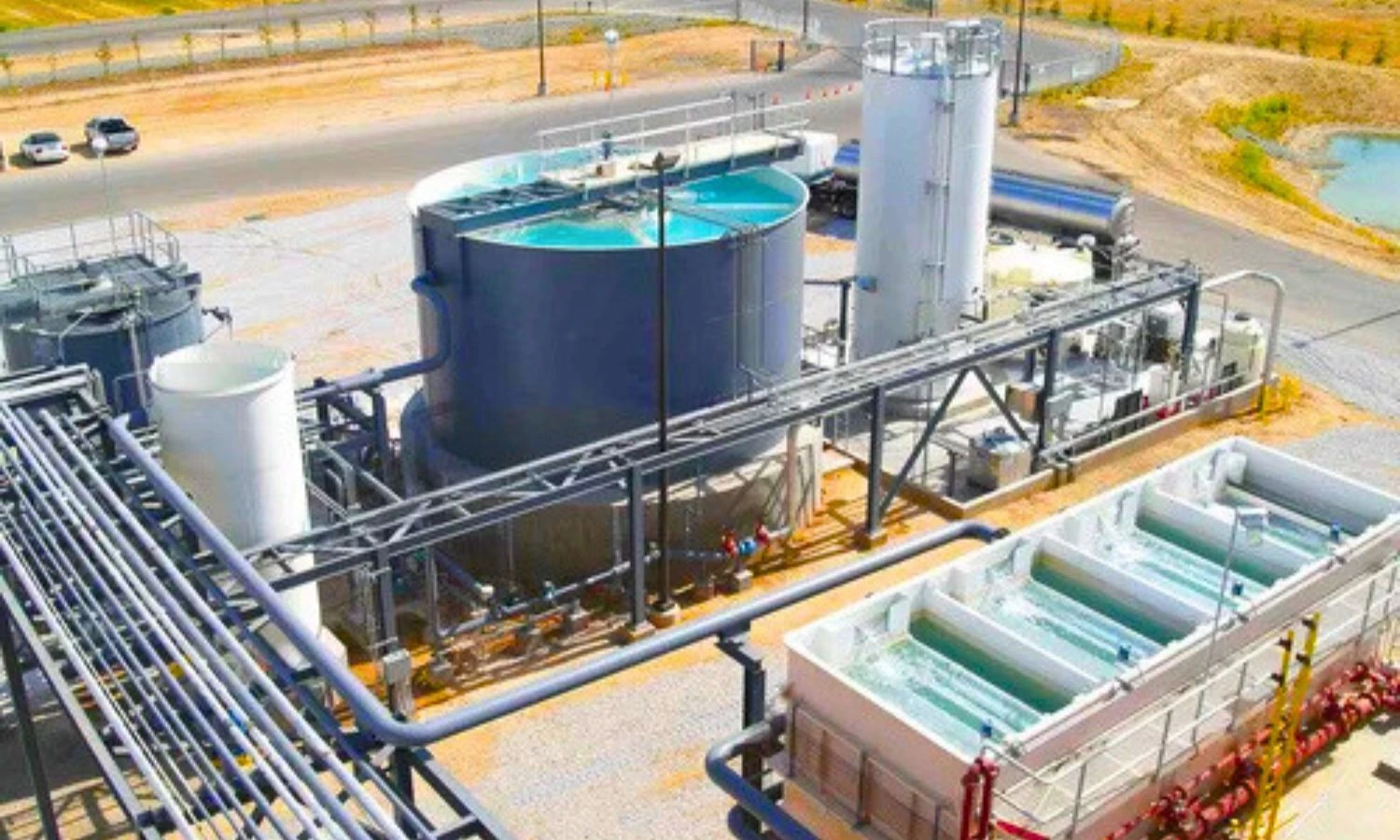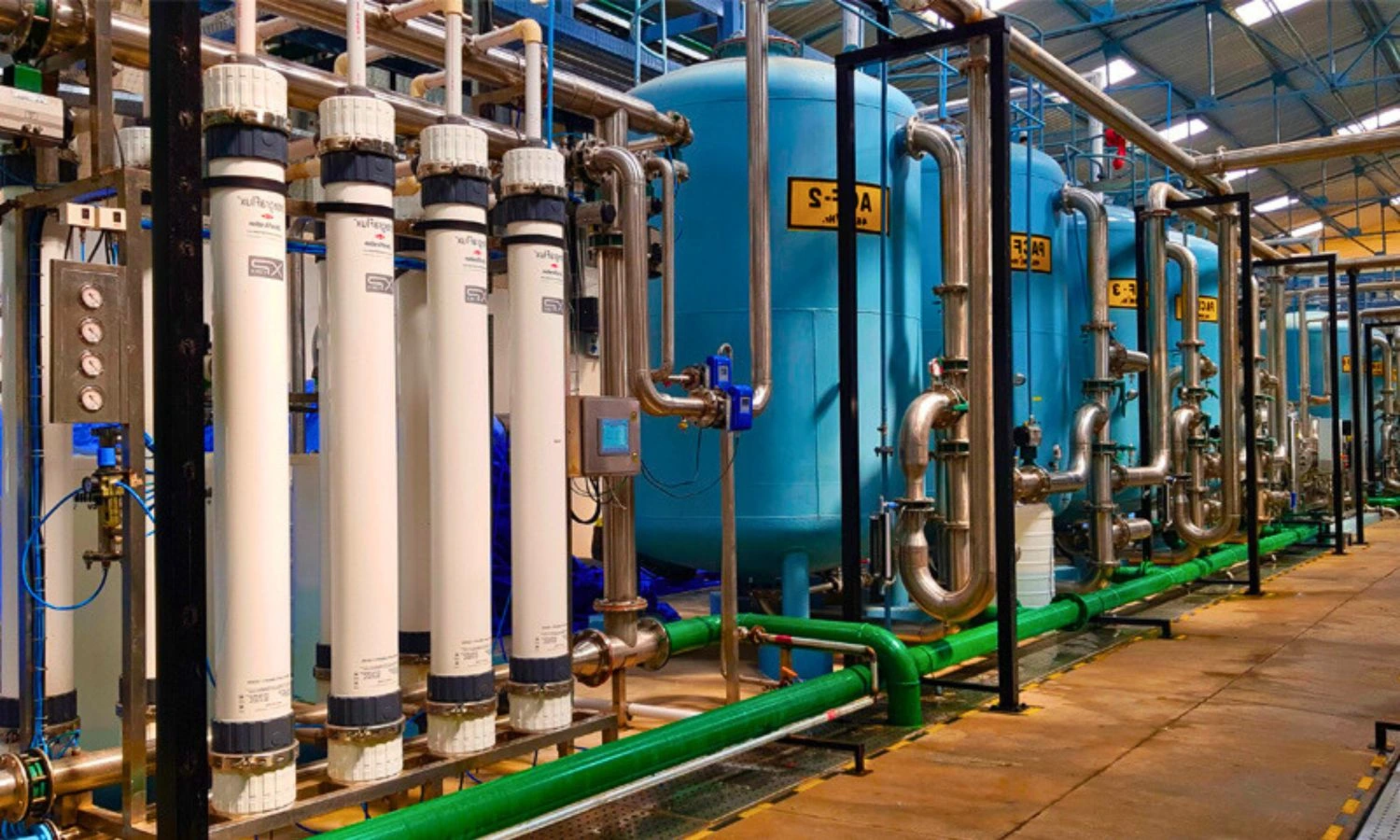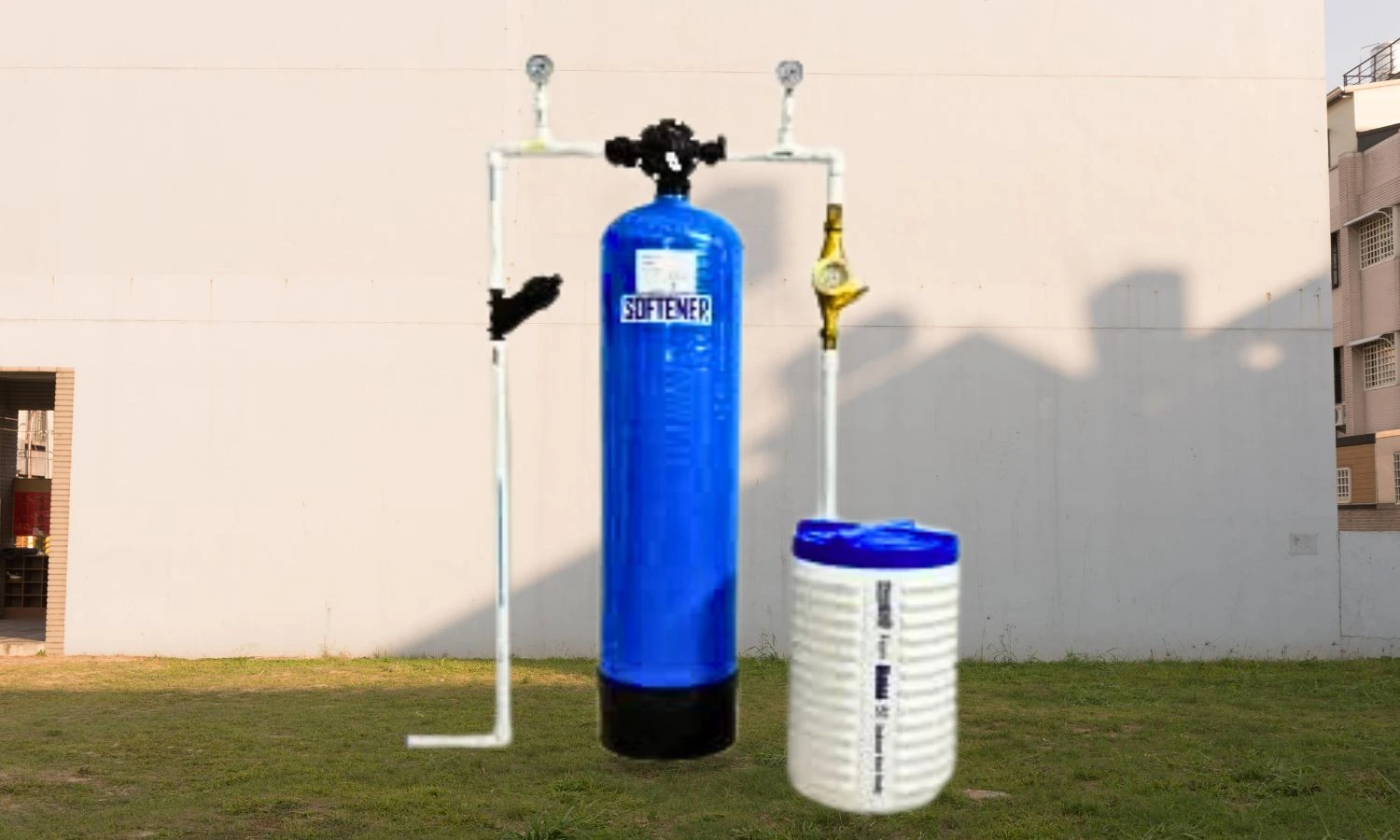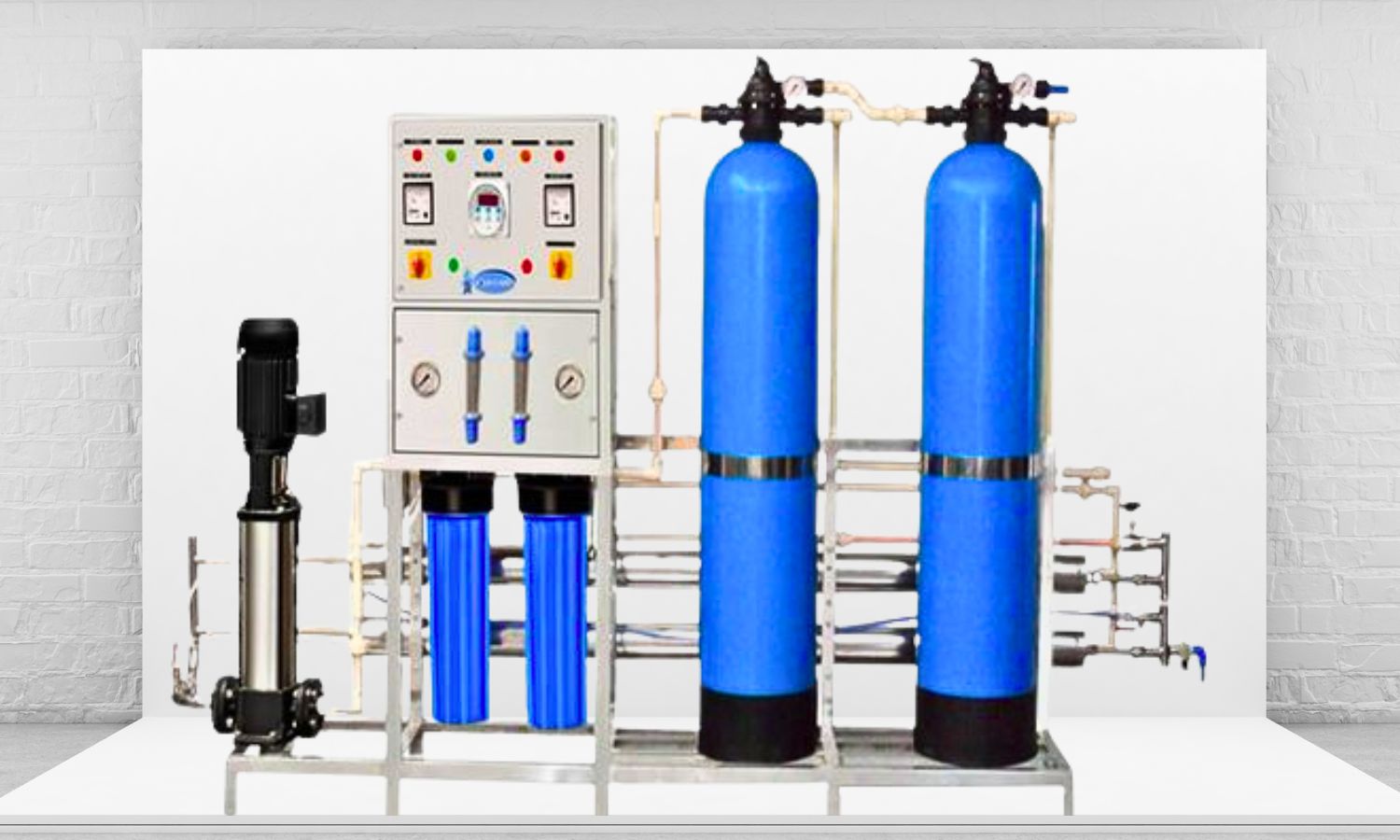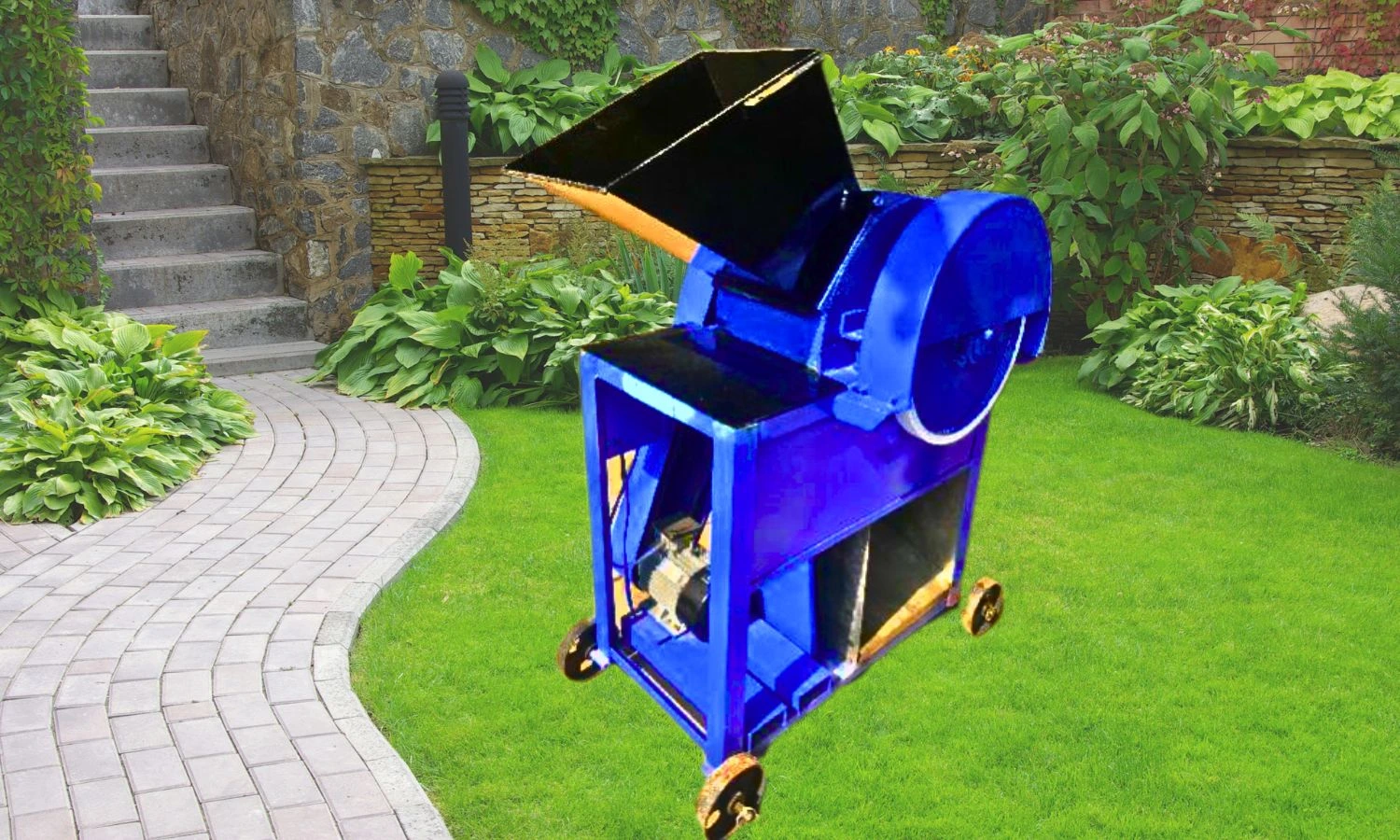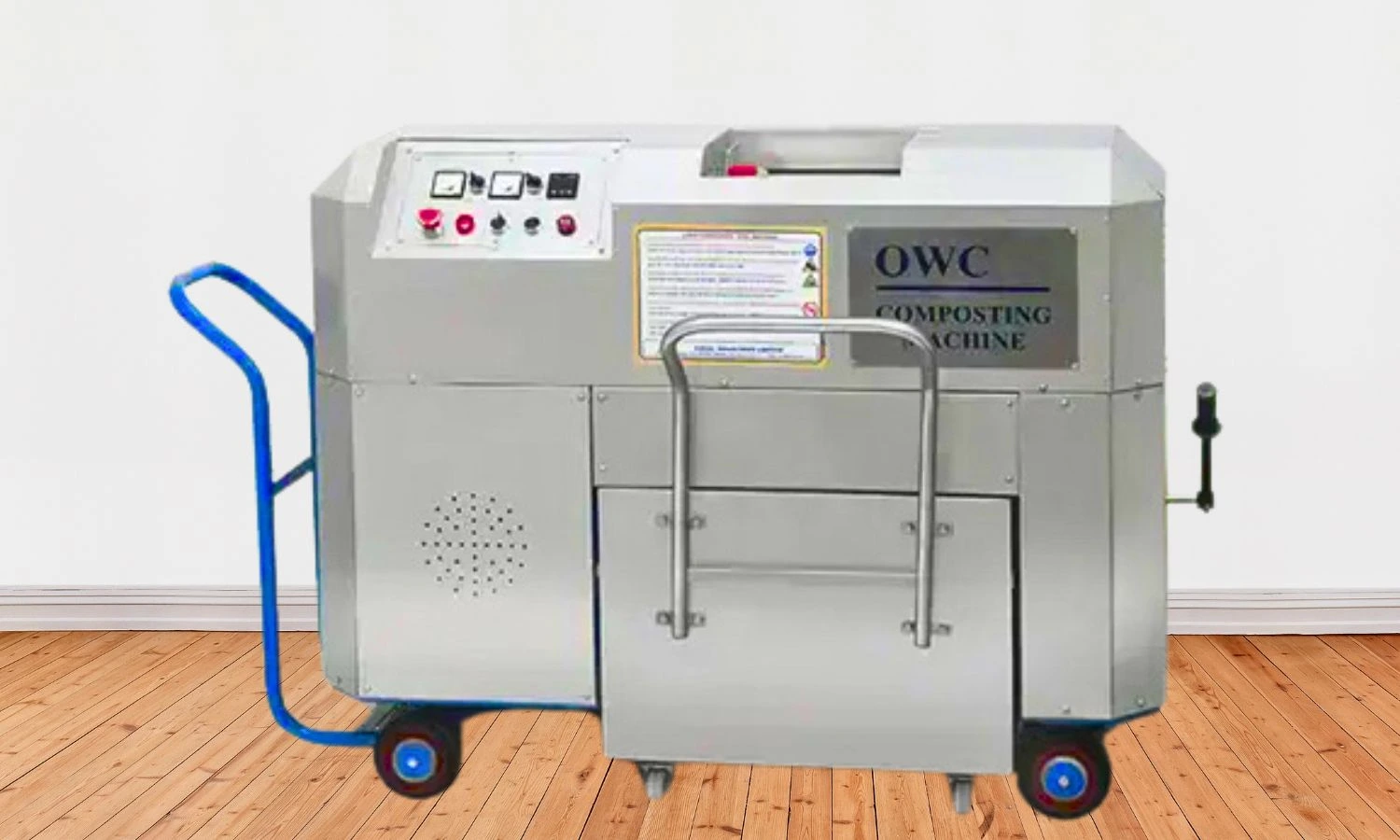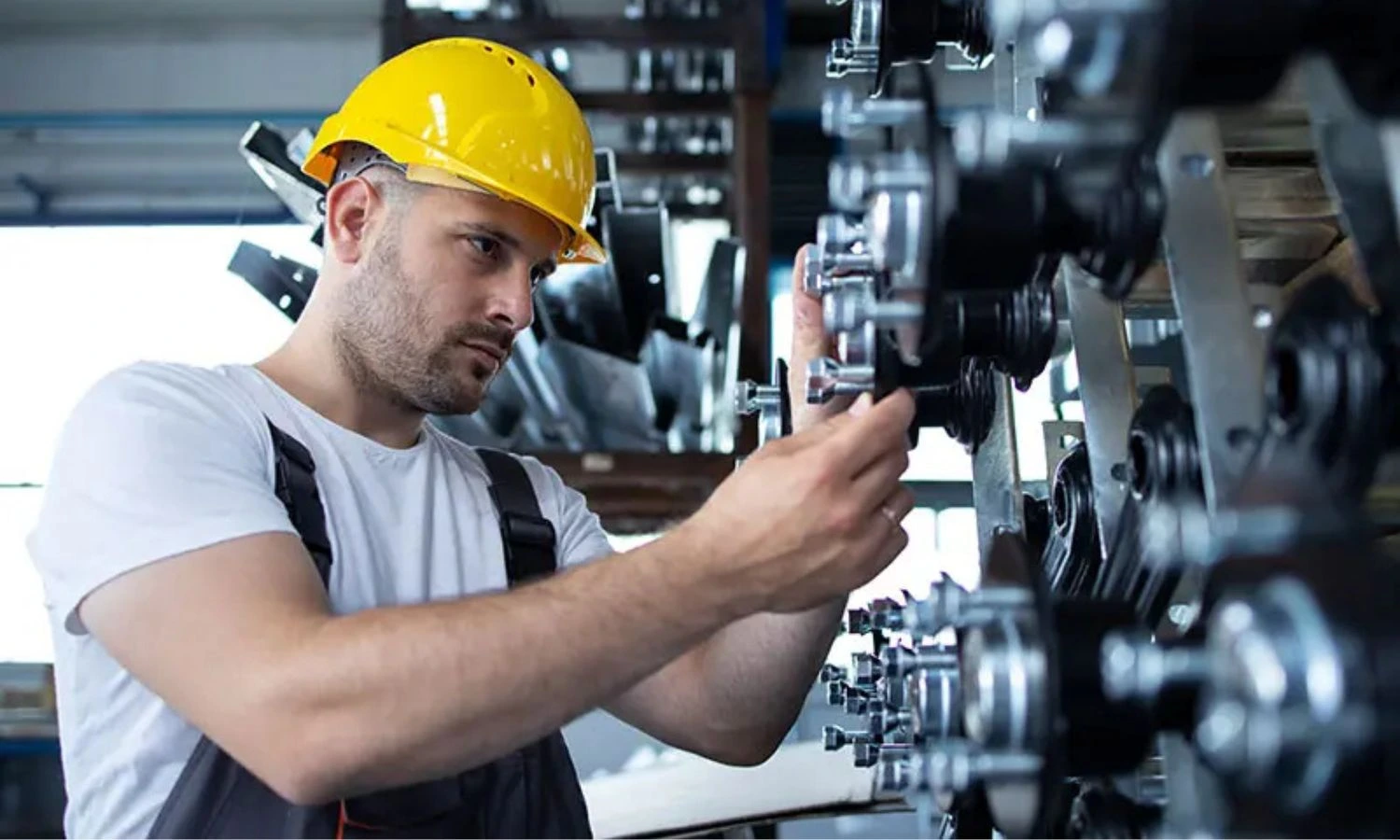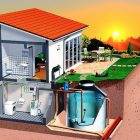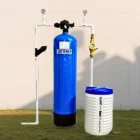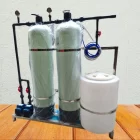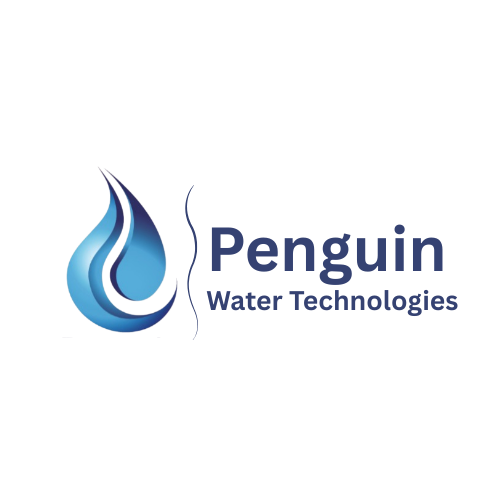Penguin Water Technologies offers innovative, eco-friendly, and cost-effective water and wastewater treatment solutions for industries, municipalities, and commercial clients. Committed to sustainability, we provide end-to-end services including STP, ETP, ZLD, RWHS, WATER SOFTENER, RO plants, CETPs, and more. We also offer reliable operation and maintenance services. With deep environmental awareness and extensive experience, our goal is to deliver high-quality, practical solutions that support our clients’ environmental conservation efforts and ensure complete satisfaction.
"From consultation to commissioning, everything was handled professionally. The team truly understands industrial water treatment."
– Priya Verma,
Environmental Consultant, Lucknow)
"Penguin Water Technologies delivered a top-notch water treatment solution for our facility. Their team was professional, and the system has been running flawlessly."
– Rajeev Sharma,


















